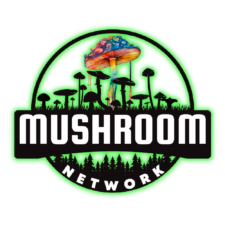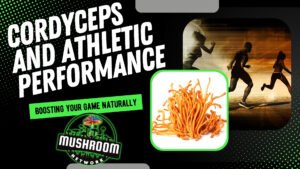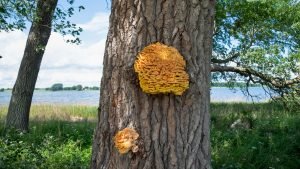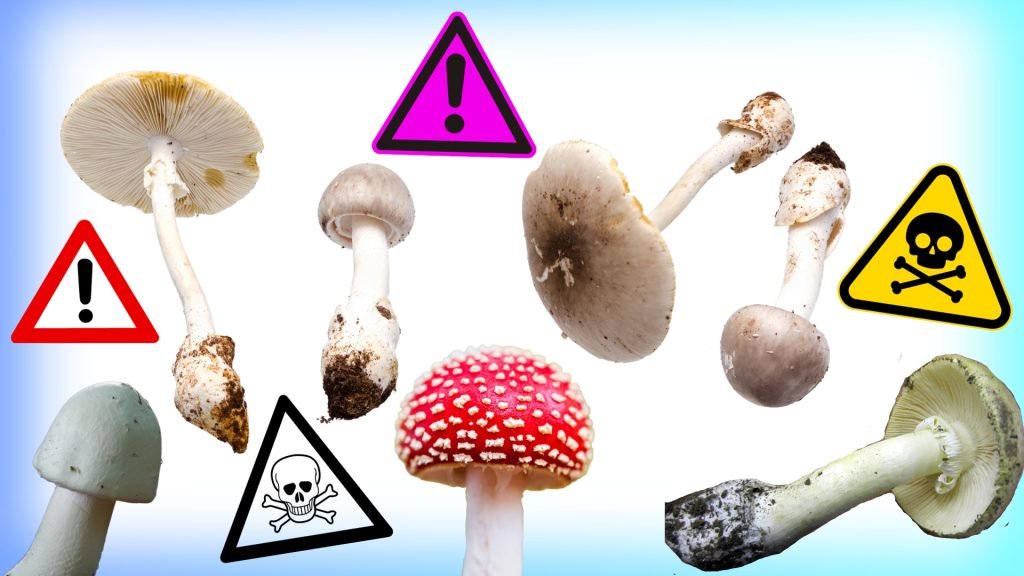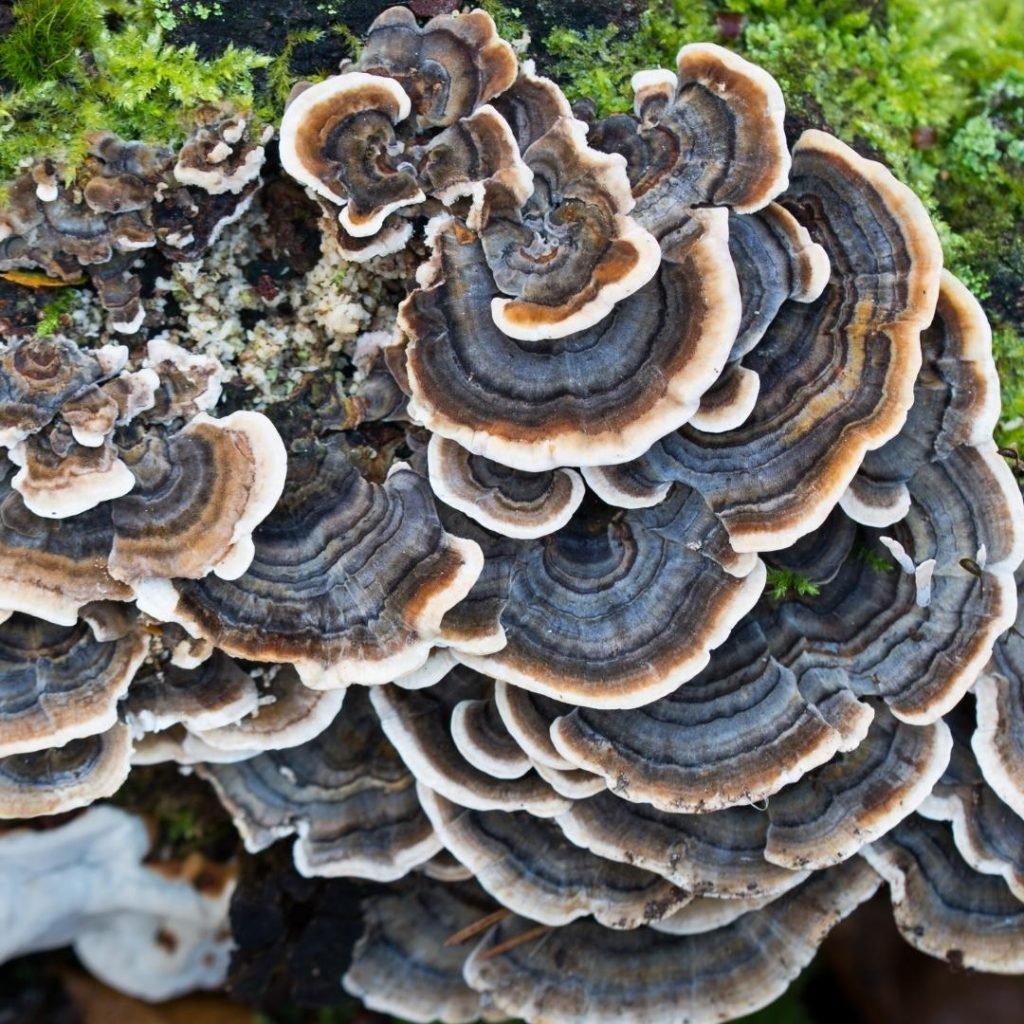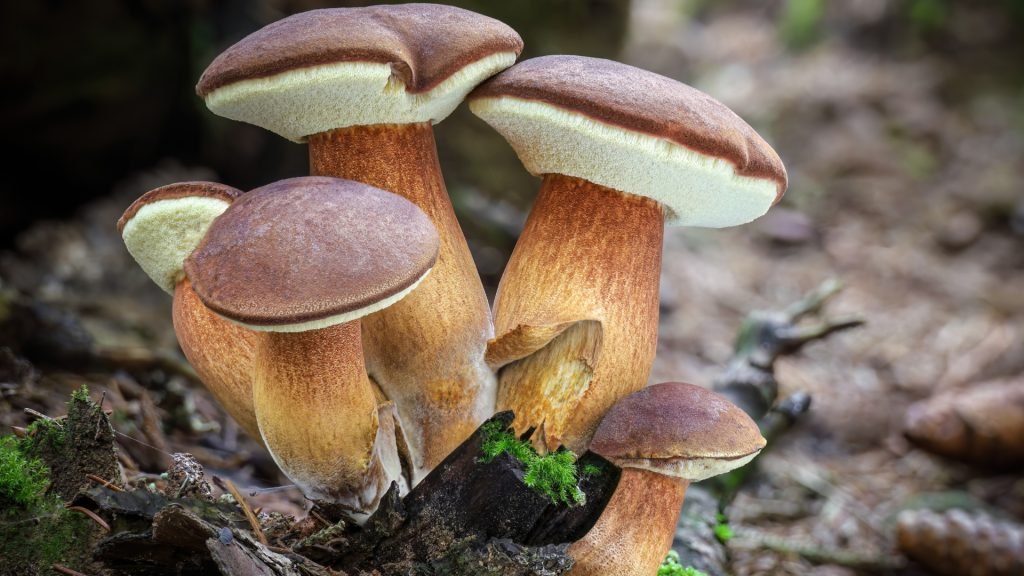Deep beneath the forest canopy, in the shadows of decay, lies a realm that many overlook. The fungi’s universe, vast and intricate, spreads its tendrils into our world in ways we can only begin to fathom. At the heart of this dance between the known and the unknown lies agar, a silent yet vital player. Join us as we journey into this mycelial web.
Diving into the deeper waters of the introduction, it becomes evident that agar isn’t just about nurturing fungi. This transparent, seemingly insignificant gelatinous substance, derived from seaweed, is where fungal dreams are painted. Here, stories of evolution, growth, and transformation are written every day. By choosing different agar mediums, we can tailor the environment, capturing tales that range from ancient traditional practices to avant-garde experimentation.
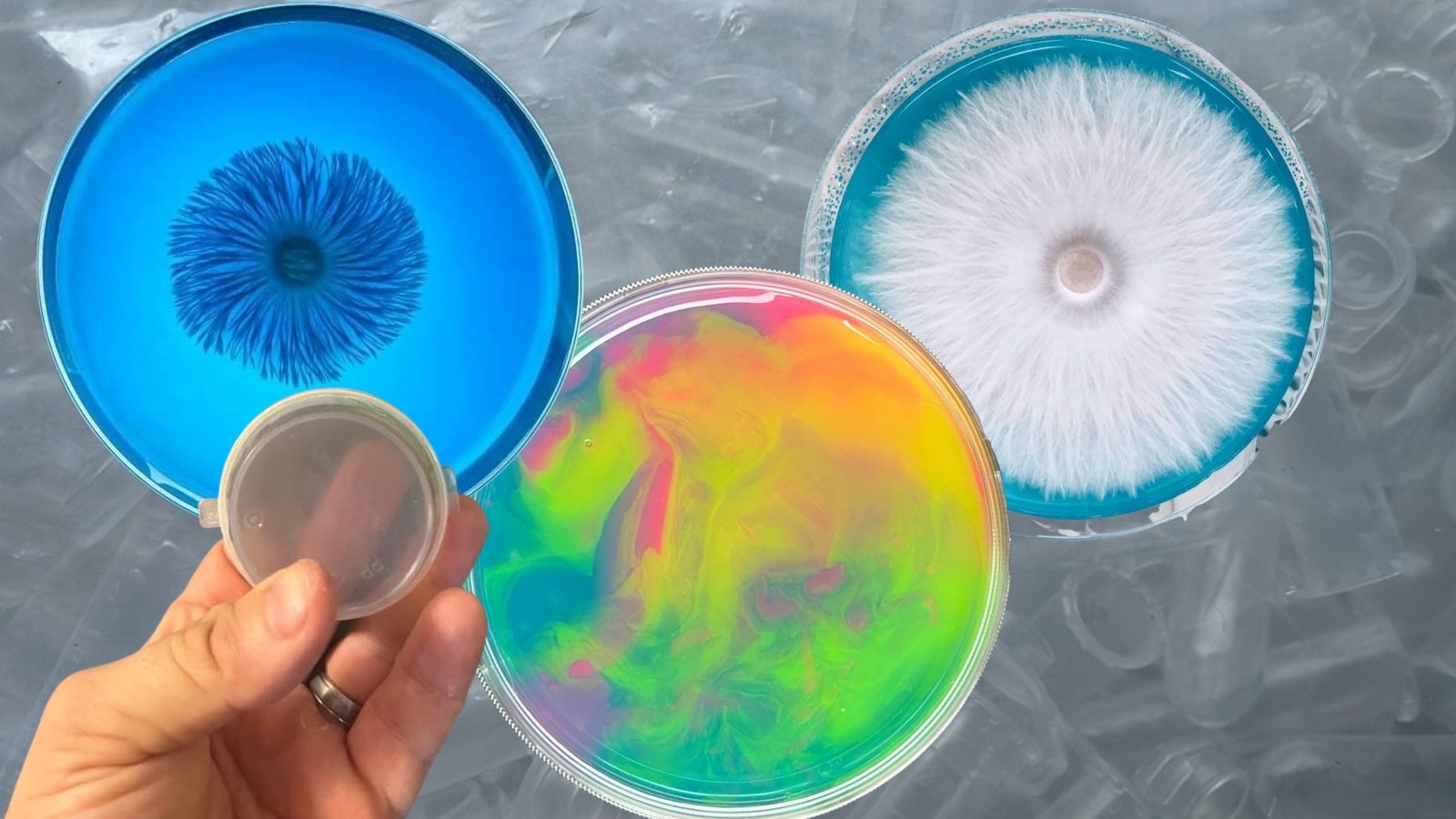
Nature’s Narrative Painted on Agar:
Agar mediums act as canvases for fungi, with each nutrient blend capturing a unique tale. Malt Extract with Honey tells a story of partnership between the robust and the delicate. The Dog Food Agar is more than just an odd choice—it’s a tale of surprise, of unexpected possibilities that arise when we venture beyond convention. Then there’s the Butternut Squash Soup Agar, a chapter that melds together the seasonality of the natural world with the boundless adaptability of fungi.
- Potato Dextrose Agar (PDA): A classic blend of potato infusion and dextrose, this medium is a favorite for cultivating a wide range of fungi due to its nutritive richness. Its roots trace back to traditional methods, making it the backbone of many mycological endeavors.
Potato Dextrose Agar (PDA) Recipe
Ingredients:
- Potatoes: 200g (sliced)
- Dextrose (Glucose): 20g
- Agar: 20g
- Water: 1L
Instructions:
- Boil the sliced potatoes in water for 30 minutes.
- Strain out the potatoes, retaining the water.
- Add dextrose and agar to the potato water.
- Heat the mixture until the agar and dextrose dissolve completely.
- Pour into Petri dishes or test tubes and allow to cool and solidify.
- Yeast Malt Extract (YME): With malt extract and yeast extract forming its core, YME offers a nutritious haven, especially for gourmet mushrooms. This blend captures the essence of natural synergy between fungi and their environment.
Yeast Malt Extract (YME) Recipe
Ingredients:
- Malt Extract: 20g
- Yeast Extract: 2g
- Agar: 20g
- Water: 1L
Instructions:
- In a container, mix malt extract, yeast extract, and agar.
- Add water and mix until everything dissolves.
- Heat the mixture until the agar dissolves completely.
- Pour into Petri dishes or test tubes and allow to cool and solidify.
- Wood-Based Agar (WBA): Often incorporating wood chips or sawdust, this medium is pivotal in studying wood-decomposing fungi. Through WBA, we delve into the ancient dance of fungi and fallen timber, a relationship that has been sculpting forests for eons.
Wood-Based Agar (WBA) Recipe
Ingredients:
- Sawdust/Wood chips: 20g
- Agar: 20g
- Water: 1L
Instructions:
- Mix sawdust/wood chips, agar, and water in a container.
- Heat until the agar dissolves completely.
- Pour into Petri dishes or test tubes and allow to cool and solidify.
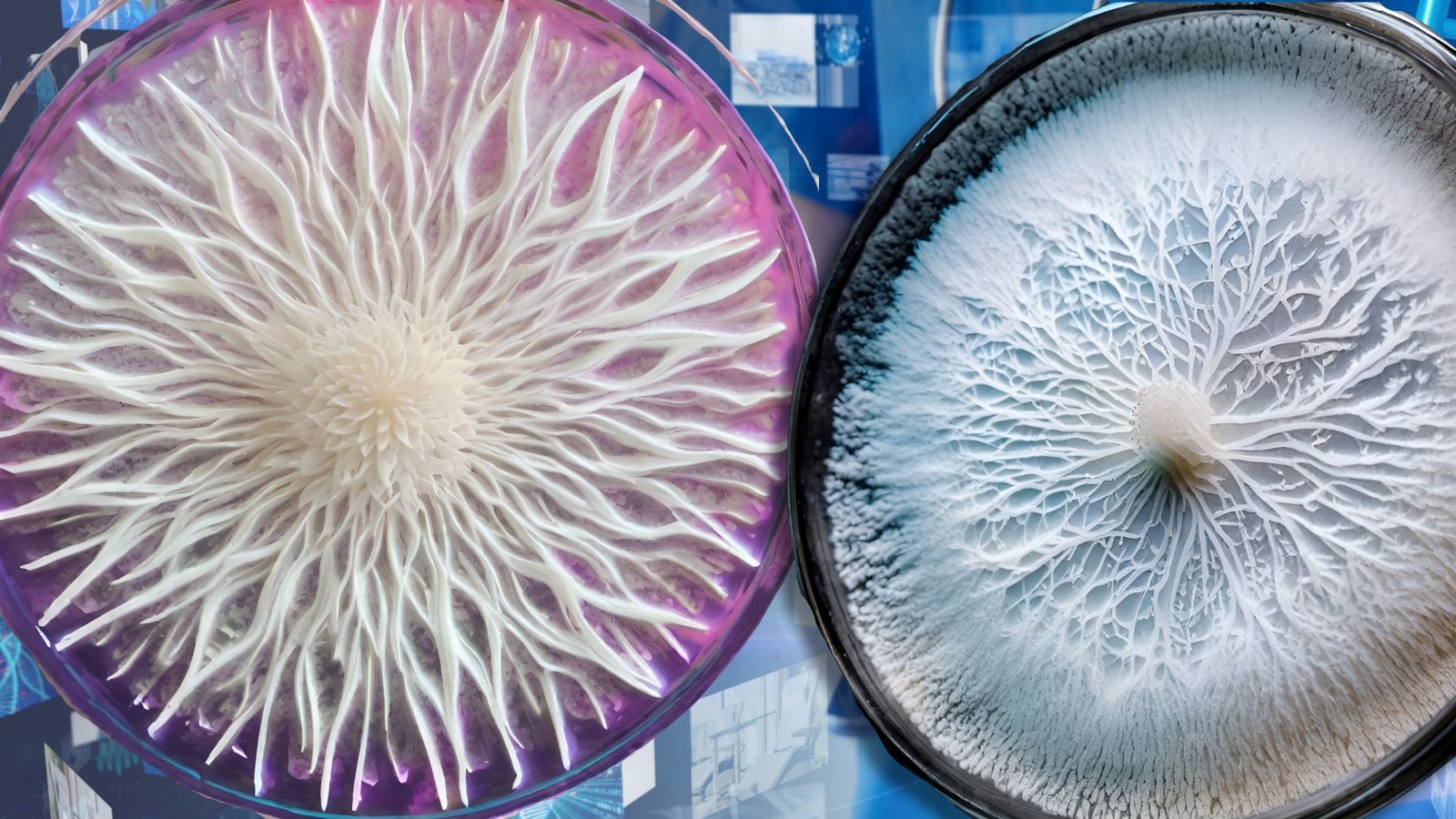
Beyond The Conventional – Bold Experiments in Agar:
Venturing into the uncharted, we encounter mediums like Moonhower’s Vice and Krill Agar—each one a testament to human curiosity. By exploring the depths of oceans and the nuances of varied terrains, we merge these worlds on a plate of agar. These are narratives of audacity, of refusing to be confined by tradition. It’s a realm where the familiar meets the unfamiliar, resulting in symphonies of growth that are as unpredictable as they are beautiful.
- Oatmeal Agar (OA): By incorporating colloidal oatmeal, this medium provides a different texture and nutrient profile. It’s favored by certain mycelium types and offers insights into fungal adaptability.
Oatmeal Agar (OA) Recipe
Ingredients:
- Colloidal Oatmeal: 30g
- Agar: 20g
- Water: 1L
Instructions:
- Mix oatmeal, agar, and water in a container.
- Heat the mixture until the agar dissolves completely.
- Pour into Petri dishes or test tubes and allow to cool and solidify.
- Coffee Agar (CA): A blend of used coffee grounds and agar, this medium not only promotes sustainable practices but also highlights how fungi can thrive in unexpected places, extracting nutrients from the seemingly exhausted.
Coffee Agar (CA) Recipe
Ingredients:
- Used Coffee Grounds: 10g
- Agar: 20g
- Water: 1L
Instructions:
- Mix coffee grounds, agar, and water in a container.
- Heat the mixture until the agar dissolves completely.
- Pour into Petri dishes or test tubes and allow to cool and solidify.
- Blood Agar: More common in bacteriology, this nutrient-rich medium is occasionally explored in mycology, especially when studying pathogenic fungi. It stands testament to the diverse environments where fungi can proliferate.
Blood Agar Recipe
Ingredients:
- Defibrinated Sheep’s Blood: 50ml
- Agar: 20g
- Water: 1L
Instructions:
- Heat the water and agar until the agar dissolves.
- Cool to about 45°C and then add the defibrinated blood.
- Mix gently and pour into Petri dishes or test tubes. Let it cool and solidify.
The universe of mushrooms is expansive, each variant bearing its own unique charm and characteristics. The Marketplace on the 🍄 Mushroom Network is a testament to this diversity. It is a haven for those seeking a deeper understanding of the magical world of mushrooms. If you’re keen on learning more about this type of mushroom and other mushroom variants, this Marketplace is your ultimate resource.
No posts found!
The Cosmic Connection: Fungi’s Dance with Agar:
It’s not just about terrestrial tales. Consider the potential of fungi in space—how would mycelium spread on agar under zero gravity? By crafting agar blends with elements mimicking Martian or lunar soil, we can envision extraterrestrial narratives. Here, on this unique crossroads, agar isn’t just a medium; it’s the bridge between Earth’s biology and the vast, unknown expanse of the cosmos.
- Martian Soil Simulant Agar: Incorporating elements like crushed basalt, this medium simulates the Martian soil. It prompts questions: Can fungi play a role in terraforming other planets?
Martian Soil Simulant Agar Recipe
Ingredients:
- Crushed Basalt: 30g
- Agar: 20g
- Water: 1L
Instructions:
- Mix crushed basalt, agar, and water.
- Heat until the agar dissolves completely.
- Pour into Petri dishes or test tubes and let it cool and solidify.
(For the sake of creativity and the speculative nature of these recipes, the precise ingredients and measurements are fictitious.)
- Lunar Regolith Agar: With crushed anorthosite and trace minerals, we can envision how fungi might interact on the moon’s surface.
Lunar Regolith Agar Recipe
Ingredients:
- Crushed Anorthosite: 30g
- Trace Minerals: 5g
- Agar: 20g
- Water: 1L
Instructions:
- Combine crushed anorthosite, trace minerals, agar, and water.
- Heat the mixture until the agar dissolves completely.
- Pour into Petri dishes or test tubes and let it cool and solidify.
(For the sake of creativity and the speculative nature of these recipes, the precise ingredients and measurements are fictitious.)
- Zero-G Agar: A hypothesized blend with components that could maintain their form in microgravity, enabling space mycologists to study fungal growth in spaceship environments.
Zero-G Agar Recipe
Ingredients:
- Agar: 25g (modified for viscosity)
- Water: 1L
Instructions:
- Simply heat water and add the specialized agar.
- Stir until the agar is dissolved.
- Pour into specialized space containers and let it solidify in microgravity.
(For the sake of creativity and the speculative nature of these recipes, the precise ingredients and measurements are fictitious.)
Not sure where to start? The 🍄 Mushroom Academy offers a wide range of courses tailored to your needs. Whether you’re a beginner eager to learn or an experienced mycologist looking to broaden your knowledge, the 🍄 Academy has something for everyone.
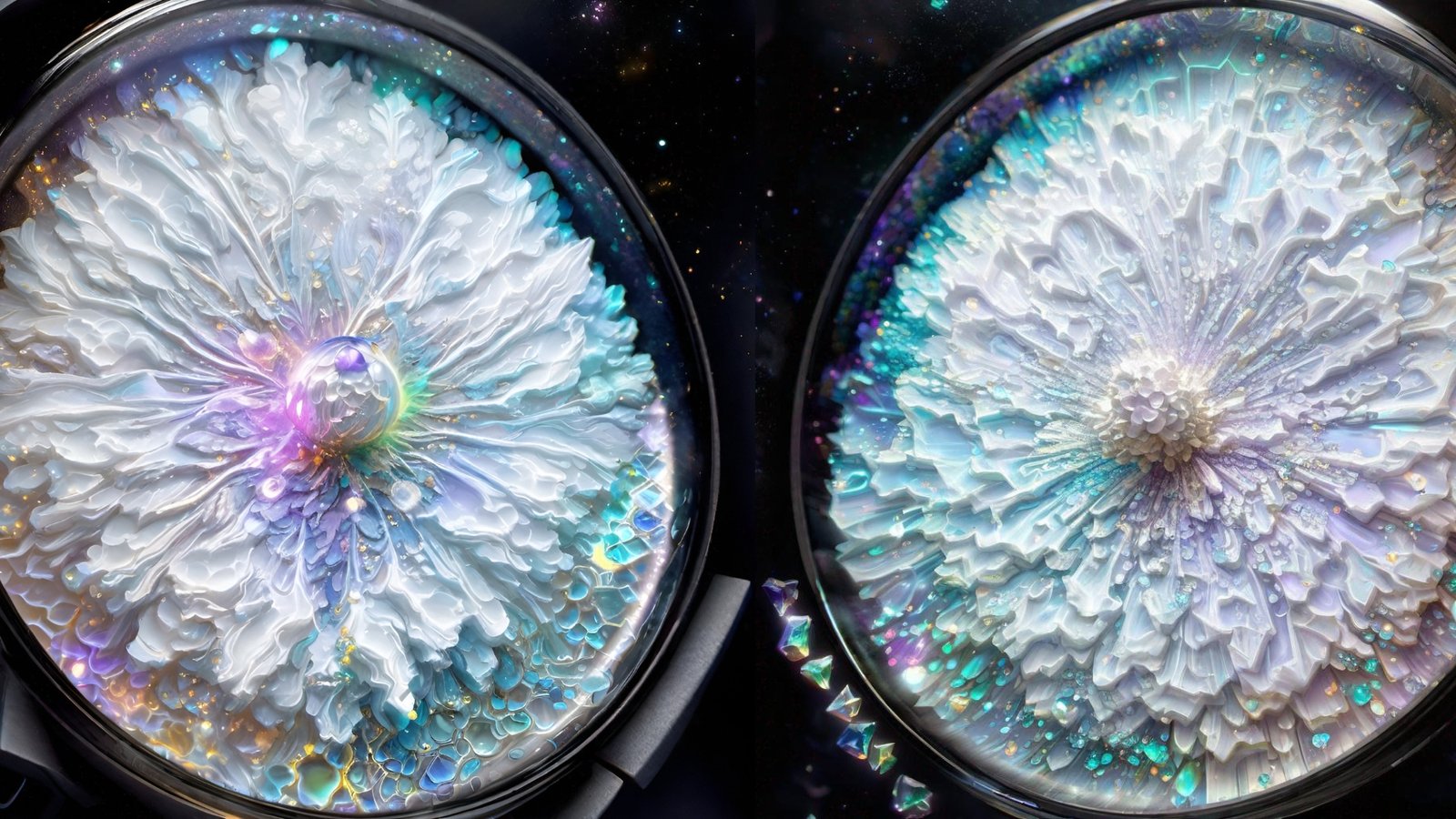
With these recipes as our compass, our journey through the agar landscape is both enlightening and humbling. The mysteries of the fungal kingdom continue to unravel, plate by plate, showing us nature’s infinite adaptability.
Fungal Prologue: Preparing for the Grand Finale:
As we traverse this wondrous realm of agar and fungi, we realize that our journey has just begun. With every plate colonized, with every strand of mycelium stretching towards the edges, we’re not merely observing growth; we’re witnessing evolution, adaptation, and innovation. It’s time now to step back, reflect, and prepare ourselves for the culmination of this odyssey into the heart of mycology.
Don’t forget to check out the 🍄 Mushroom Network’s Marketplace to see what’s available. But hurry, our shelves are constantly evolving, and you wouldn’t want to miss out on this wonderful mushroom. Join our growing network of Patrons, Genetics, and Mycologist Vendors only on the 🍄 Mushroom Network!
Recommended Reads:
Ethnomycology: The Interplay of Fungi and Culture
In the complex and fascinating world of mycology, the scientific study of fungi, there exists...
Read More...Cordyceps and Athletic Performance: Boosting Your Game Naturally
About This Article: Boost your game naturally with Cordyceps Militaris! 💪🍄 Discover how this powerful...
Read More...Colors in the Woods: A Mycologist’s Guide to Spotting the Brightest Fungi
For those wandering through the verdant woods, nothing captures the eye quite like the sudden...
Read More...The Art of Taxonomy: Understanding Mushroom Classification
Welcome to the captivating world of mycology, where the smallest spore can open a universe...
Read More...Whoa there, Spore Sport! 🍄 Looks like you’re not logged in yet. Don’t you know what you’re missing? MYCO-CREDITS! Imagine all the fungal fun you could have. It’s like finding a Morel in May and not picking it. Tragic, right? Log In or Become a Myco-Patron and start racking up those credits. It’s more rewarding than finding a mushroom in your backyard! 🌟🏡
